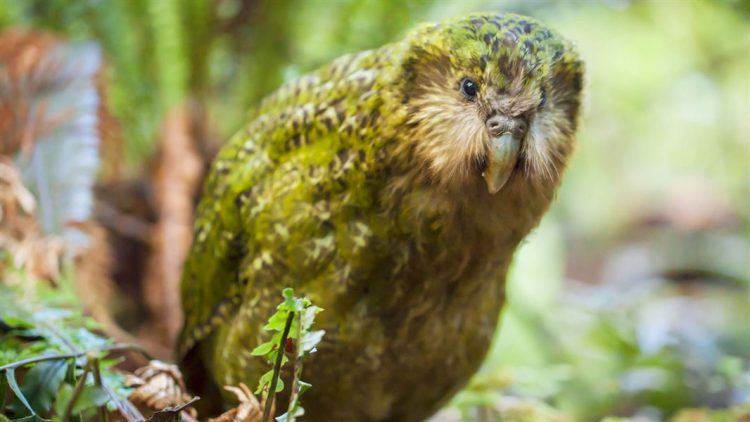Thanks to conservation efforts, the population of kākāpō (a species of large, flightless parrots that are native to New Zealand) has reached its highest level since records began in the 1970s.
Science adviser at the kākāpō recovery programme Dr Andrew Digby said that it had been the second biggest breeding season on record with 60 chicks hatched. The population has now reached 216 birds.
A major obstacle in the conservation programme is finding predator-free places for all of the birds. Sites in the North Island and islands in Fiordland are being looked at.
Another obstacle is maintaining genetic diversity. To help with this, the genomes of all kākāpō have been sequenced since 2015. If a few males dominated the mating, they would be shipped off to another location in an effort to increase the diversity.
However, the ultimate goal of the programme is to allow the birds to fend for themselves. So far this has become possible on a couple of islands on which the populations are self-sustaining.
Image credit: Department of Conservation


















































-360x245.jpg)










